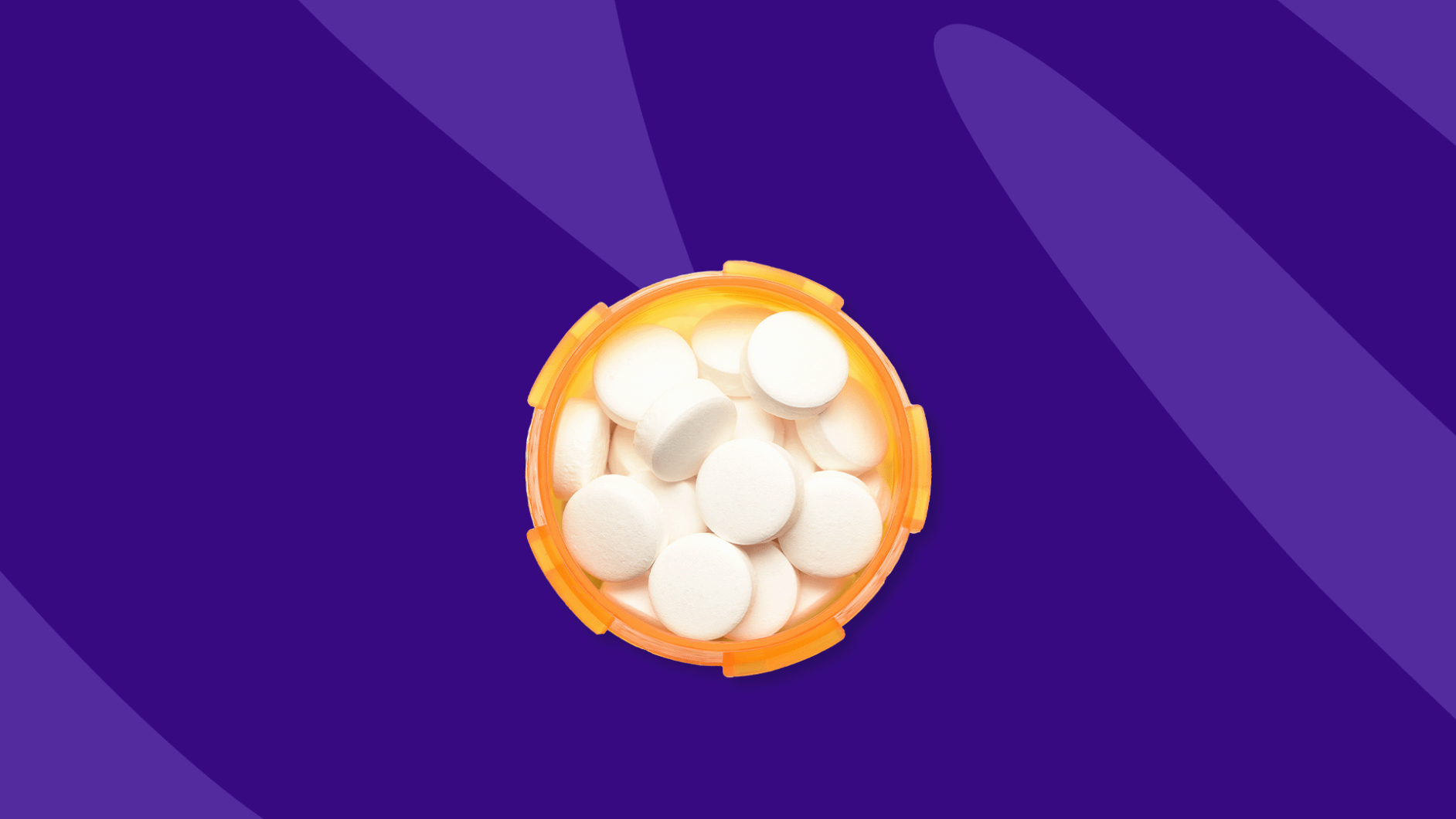Is tramadol HCL covered by insurance? | How much does tramadol HCL cost without insurance? | How to get tramadol HCL without insurance
Tramadol is a generic prescription opioid that is FDA approved to relieve moderate to severe pain when other pain medications aren’t working. Like other opioid drugs, tramadol blunts pain signals by slowing down the nervous system. Immediate-release tramadol tablets are usually taken up to four times a day, but healthcare providers can prescribe an extended-release version, tramadol ER, that only needs to be taken once daily. As a generic, tramadol is a moderate- to low-priced prescription drug. However, because of the risk of abuse or overdose, tramadol is a controlled substance that tends to be prescribed for only short periods of time. This will limit the cost for uninsured patients. Still, there are ways to significantly reduce the cost of a tramadol prescription.
Related: Tramadol HCL (Ultram) dosage
What is the brand name for tramadol HCL?
Ultram was the best-known tramadol brand name but is no longer available. Other brand-name versions of tramadol include Qdolo (oral solution tramadol) and ConZip (extended-release capsules). Both are more than ten times higher in price than generic tramadol tablets.
Is tramadol HCL covered by insurance?
As a widely prescribed opioid pain reliever, tramadol is typically covered by health insurance, Medicare drug insurance, and Medicaid. However, some insurance plans may not cover it. As a controlled substance, tramadol may be subject to restrictions such as prior authorization or quantity limits. Medicare Part D, for instance, limits the initial tramadol prescription to only seven days. Expect copays to be low, but the final out-of-pocket cost will depend on other factors, such as coinsurance and coverage gaps.
How much does tramadol HCL cost without insurance?
Without insurance coverage, the cash price for 30, 50 mg oral tablets of immediate-release tramadol runs about $31. That’s enough tablets for seven days of treatment—with two tablets left over. That works out to about one dollar per tablet. A prescription for fewer tablets will cost less.
This price is comparable to other commonly-prescribed opioid medications, such as oxycodone, which costs about $31 for 30 tablets. Drugs that combine a generic opioid with another analgesic like acetaminophen or ibuprofen are also in the same price range as generic tramadol. These include tramadol-acetaminophen and hydrocodone-acetaminophen tablets.
The most common extended-release opioid analgesics cost slightly more than immediate-release products. Extended-release tramadol, for instance, costs on average $150 for 30, 100 mg tablets, about the same price as extended-release oxycodone. However, 30 tablets of tramadol ER is a 30-day supply. It represents four times more daily doses than 30 tablets of immediate-release tramadol.
The cheapest alternative would be to use a SingleCare savings card. The lowest discounted price for tramadol using a SingleCare discount coupon is $5.
Compare tramadol HCL prices to related drugs |
|||
|---|---|---|---|
| Drug name | Price without insurance | SingleCare price | Savings options |
| Tramadol HCL | $31 per 30, 50 mg tablets | $5 per 30, 50 mg tablets of generic tramadol HCL | See latest prices |
| Hydrocodone-acetaminophen | $25 per 12, 5-325 mg tablets | $10 per 12, 5-325 mg tablets of generic hydrocodone-acetaminophen | See latest prices |
| Tramadol-acetaminophen | $39 per 30, 37.5-325 mg tablets | $11 per 30, 37.5-325 mg tablets of generic tramadol-acetaminophen | See latest prices |
| Oxycodone-acetaminophen | $44 per 30, 5-325 mg tablets | $13 per 30, 5-325 mg tablets of generic oxycodone-acetaminophen | See latest prices |
| Oxycodone HCL | $31 per 30, 5 mg tablets | $10 per 30, 5 mg tablets of generic oxycodone HCL | See latest prices |
Prescription drug prices often change. These are the most accurate medication prices at the time of publishing. The listed price without insurance references the price of brand-name drugs (unless otherwise specified). The listed SingleCare price references the price of generic drugs if available. Click the link under “Savings options” to see the latest drug prices.
How to get tramadol HCL without insurance
While tramadol is a moderately-priced generic drug, a seven-day supply costs about $30. As a short-term prescription, this may not be a problem. But it may be more challenging for uninsured patients on a longer-term tramadol treatment plan for chronic pain. One of the most effective ways to find discounted prices on generic prescription medications is by using a SingleCare prescription discount card.
1. Use a SingleCare savings card to save up to 80% on generic drugs
SingleCare’s lowest discounted price for 30, 50 mg oral tablets of tramadol is $5, a savings of about $25 off the average price. SingleCare discount prices will vary by participating pharmacies. The most current savings prices can be found on SingleCare’s tramadol HCL discount coupons page.
2. Shop pharmacies for the lowest price
Even on generic drugs, price differences between pharmacies can be significant. While the average pharmacy price for 30 tramadol tablets is $31, the lowest price for tramadol is currently as low as $19.
3. Switch to another opioid medication
If money is a serious issue, ask a healthcare professional about other opioid treatments. Savings could be found by switching to another opioid pain reliever. Not a lot of savings, but a few dollars. For instance, generic hydrocodone-acetaminophen is about $7 cheaper on average for 30 tablets than generic tramadol.
4. Switch to a non-opioid analgesic
Most people who are prescribed tramadol will have to transition to a non-opioid pain medication, usually sooner rather than later. Ask the prescribing healthcare provider for medical advice about non-opioid treatment options. Most over-the-counter analgesics will cost less than prescription tramadol.
5. Find out if Medicaid is an option
For people struggling with finances, Medicaid may be the cheapest long-term solution. As a government-subsidized health insurance plan, Medicaid premiums and out-of-pocket costs are meant to be ultra-low. Research eligibility and enrollment requirements by visiting your state’s Medicaid website or talking to a local health department representative.











